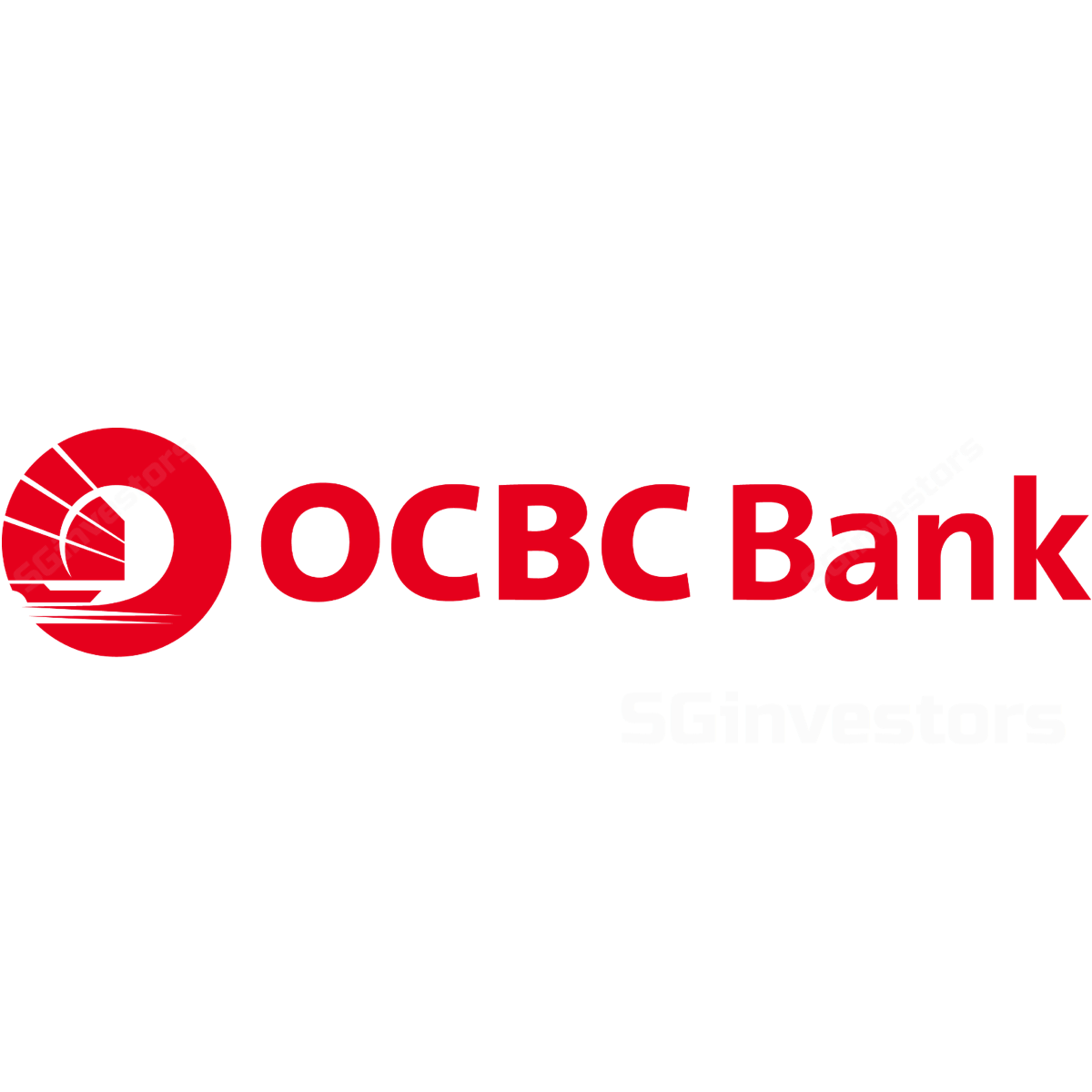 OVERSEA-CHINESE BANKING CORP
SGX:O39
OVERSEA-CHINESE BANKING CORP
SGX:O39
OCBC Bank - Staying Cautious
- Newly introduced property cooling measures a dampener to loan growth.
- FY18-20F earnings lowered by 5% on lower loan growth, higher cost of funds, and lower non-interest income.
- Unlikely to raise dividends; yield at c.3%.
- Downgrade to HOLD, Target Price revised to S$12.20.
Staying cautious; downgrade to HOLD.
- We believe that the newly introduced property cooling measures are a dampener to loan growth and have hence revised our loan growth forecast from 8% to 7% for FY18. We lowered our NIM assumptions by c. 6bps for FY18 on slower loan repricing amid higher cost of funds.
- However, we believe that the NIM uptrend should continue in this current operating environment. We have also lowered OCBC’s insurance income contribution from 5% y-o-y to 2% y-o-y as 1Q18 saw both total new weighted business premiums and new business embedded value decline y-o-y due to shifts in product mix. io. At this juncture, we have conservatively assumed credit cost will hover around 21-22bps over FY18-20F. Further earnings upside may be possible.
- What remains an overhang would be the much anticipated higher dividend payout. OCBC was the only bank that did not raise dividends substantially in FY17 and has stated that it does not have excess capital.
Where we differ: Our credit cost of 21-22bps could be lower than consensus.
- Management indicated that credit cost would remain benign in this current operating environment and possibly reflect pre-oil & gas crisis levels.
Valuation:
Downgrade to HOLD, Target Price S$12.20.
- Our Target Price of S$12.20 (11% ROE, 3% growth, 9.4% cost of equity) following our earnings adjustments is equivalent to 1.3x FY18 BV, at its 10-year mean P/BV multiple.
Key Risks to Our View:
- Faltering NIM and non-interest income traction. Inability to see revenue generation from improved NIM as well as better wealth management and insurance income contribution could pose downside to our earnings forecasts.
CRITICAL DATA POINTS TO WATCH
NIM uplift more visible in FY18.
- It is possible for the Fed rate hike pass-through to eventually spill over to SIBOR, hence positively repricing loans but the caveat to this is that competitive pressures are there and credit spreads are unlikely to widen, therefore limiting any significant positive impact on NIM. OCBC’s loan profile is largely variable rate based at 90%, with one-third prime-rate based, one-third SIBOR based and 25% SOR based.
- Our sensitivity analysis implies that for every 25-bps increase in SIBOR/SOR, HK$ and US$ loan rates (collectively), OCBC’s NIM could rise by 2bps with an accompanying 1.4% impact on net profit, holding everything else constant. The bonus to its NIM uplift could lie in its treasury operations, where in a rising rate environment, there would be more opportunities to rebalance its securities portfolio given the steepened yield curve.
Loan growth to pick up; guiding for 7-8% in FY18F.
- Management is guiding for loan growth of 7-8% for FY18. Loan demand appears apparent for Singapore companies investing abroad. Every 1-ppt rise in loan growth leads to 0.9% increase in net profit.
- We are forecasting loan growth at c.6% p.a. across FY18-20F.
Non-interest income drivers remain its key differentiator, especially wealth management and insurance.
- OCBC differentiates itself from peers in terms of its non-interest income composition. Its focus is on growing its non-interest income franchise, especially its wealth management business.
- Its insurance business via 87.75%-owned subsidiary, Great Eastern Holdings (GEH), remains a dominant contributor to its non-interest income. OCBC has no plans to sell its stake in GEH as it remains complementary to its non-interest income franchise. io. Management believes it is still logical and beneficial to keep the insurance product manufacturing in-house. However, in view of the need to meet regulatory requirements in Malaysia, GEH may look to divest part of its operations in Malaysia. It is currently exploring options to meet this requirement. GEH tends to exhibit earnings volatility due to fluctuations of interest rates. It is best to track GEH’s underlying business trends i.e. total weighted new sales and new business embedded values. These metrics have been growing robustly for GEH.
- Since the acquisition of Bank of Singapore in 2010, its wealth management income has been growing steadily; and this trend is expected to be sustainable.
- The acquisition of the wealth and investment business of Barclays Bank in Singapore and Hong Kong, completed in December 2016, added US$13bn to OCBC's AUM.
- In May 2017, OCBC further acquired National Bank of Australia’s wealth business in Singapore and Hong Kong.
Regionalisation is a key item on its agenda.
- Malaysia remains OCBC’s second largest contributor. Its business proposition in Malaysia has a track record of over 80 years and its added advantage lies in its Islamic banking franchise. Management feels bullish about its operations in Indonesia. While still a small contributor, opportunities are aplenty for further growth.
- We see the wealth management income line as the key indicator to watch for sustained synergies in OCBC-Wing Hang.
Sector Reports:
Sue Lin LIM
DBS Group Research Research
|
Rui Wen LIM
DBS Research
|
https://www.dbsvickers.com/
2018-07-06
SGX Stock
Analyst Report
12.20
Down
15.300

